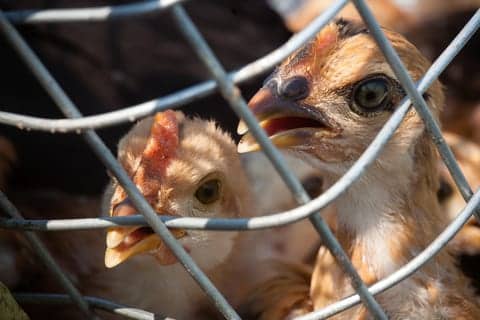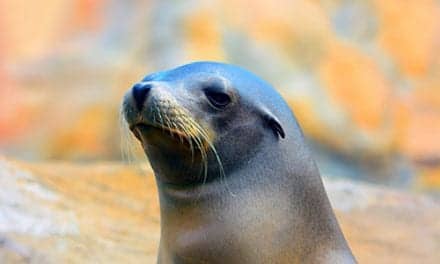H5N1 has continued to kill wild birds and poultry this summer.
When an outbreak of highly pathogenic H5N1 avian influenza spread across North America this spring, researchers hoped for a replay of what happened after a different avian flu variant arrived in the United States in December 2014. Although more than 50 million birds died or were destroyed in a matter of months, costing farmers more than $1.6 billion, the virus had essentially vanished by June 2015. Poultry outbreaks ended, wild birds stopped dying, and migratory waterfowl didn’t bring the virus back when they returned from their summer breeding grounds in Canada.
But this time is different. H5N1 infections in both wild bird species and poultry have continued in parts of the United States and Canada over the summer, dashing hopes that warmer temperatures would halt the spread. And whereas the 2015 outbreak primarily affected Midwest poultry farms, H5N1 has spread to practically the entire continental United States and infected at least 99 wild bird species, a record. Whether migratory birds will cause additional introductions in the fall is “the million-dollar question,” says Bryan Richards, emerging disease coordinator at the U.S. Geological Survey’s National Wildlife Health Center.
Even if they don’t, scientists worry the virus may continue to circulate year-round, posing a permanent threat to poultry farming and wild birds, including several endangered species. Read more here.
The global bird population is in danger due to H5N1 influenza
In Rajasthan, India, locals looked on in alarm in November last year as Demoiselles cranes, elegant grey-blue birds with long black necks, began showing signs of lethargy and confusion. Three hundred of the three-foot-tall birds, which feature prominently in Indian poetry and mythology, are said to have died. The virus spread west, wiping out 8,000 common cranes in Israel, “the worst blow to wildlife in the country’s history”, according to the environment minister. At Greece’s Lake Mikri Prespa, home to the world’s largest Dalmatian pelican colony, more than half of the enormous, prehistoric-looking birds perished. An annual census of the species across the Balkans in May revealed a 40 percent decline in the population compared to last year. Read more here.
Bird flu killed 700 wild black vultures, Georgia sanctuary reports
Bird flu has killed hundreds of wild black vultures at a Georgia sanctuary that houses more than 1,500 other animals.
At least 700 black vultures have died, Noah’s Ark animal care manager Allison Hedgecoth told WXIA-TV. State workers euthanized 20 to 30 other birds, she said. “All of our chickens were euthanized yesterday and our turkeys and our guinea hens,” she said.
State officials have set up a six-mile (9.6km) perimeter around the sanctuary in hope of containing the spread, according to WXIA. “With birds that are able to move around and airborne, this disease could spread pretty rapidly if it’s not contained very quickly,” state Senator Emanuel Jones told the station. Read more here.










